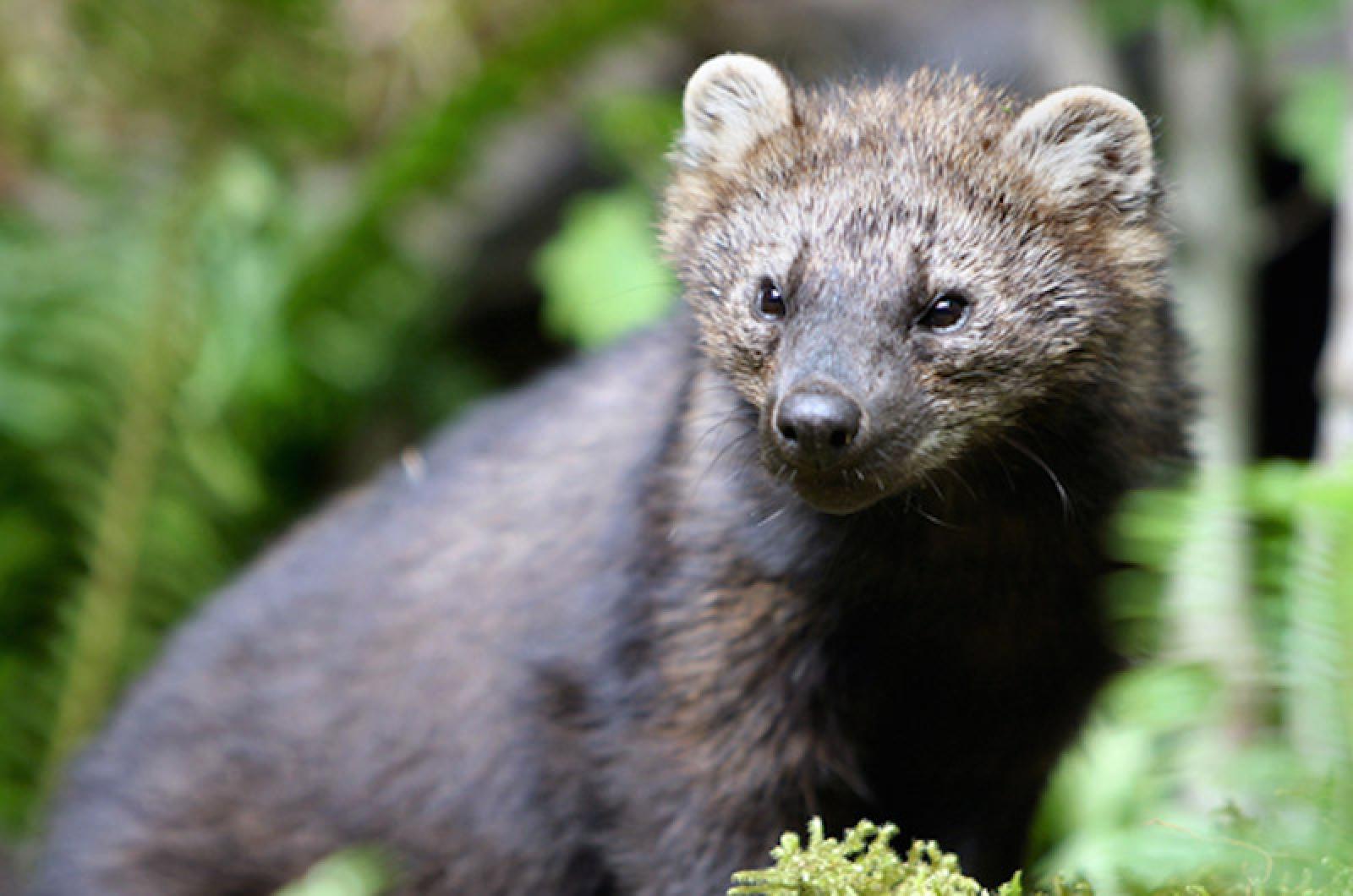A dead fisher — a large mammal in the weasel family — washed up last week on the north shore of Martha’s Vineyard, the second sighting of the species on the Island, but the first to be officially documented. The discovery piqued the interest of those who keep an eye on Island wildlife.
“It’s a bit of a mammalian mystery,” said Island naturalist Gus Ben David.
Biologists do agree, though, that the animal likely got caught in a current and carried to the Island, perhaps while swimming between the nearby Elizabeth Islands.
Both fishers found on the Island have been discovered on the north shore by Justin Lavigne of Edgartown. In 2015, Mr. Lavigne found one on Philbin Beach and sent a photo to Mr. Ben David, who confirmed the species. The next day Mr. Lavigne went back to retrieve the animal and found it had washed away, thus discounting its official documentation status.
Last week during a walk on Lobsterville Beach with his dog and his parent’s three dogs, Mr. Lavigne discovered another fisher, about three feet long, about a quarter mile from Lobsterville Jetty.
“It’s a little strange,” he said of his penchant for discovering dead fishers washed up on shore. This time he grabbed the animal, keeping four curious dogs away, and brought it to Mr. Ben David.
Mr. Ben David said the adult fisher is a “voucher specimen” for Martha’s Vineyard, physical proof that the species was here. He will send it to the state.
Fishers, sometimes called fisher cats, are in the weasel family, related to otters, ferrets and minks. They have long tails and rounded ears. Despite their name, fishers are not known to eat fish. Their name likely comes from French names for the European polecat and its pelt, which was called fitch, fiche, ficheux or fichet. They are mid-sized predators and generally prefer living in thick forests, preying on small rodents and birds. They are also adept at killing porcupines, Mr. Ben David said.
MassWildlife black bear and furbearer biologist Dave Wattles said the state’s fisher population declined when forests were cleared for agriculture, but has rebounded in the last several years and spread into the heavily-developed eastern part of the state.
“They’ve adapted very well throughout southeastern Massachusetts all the way out to the Cape,” he told the Gazette. “The population is really thriving now.” He added that they prey on birds at feeders.
But as of yet a live specimen has not been found on the Vineyard, nor are there records of fishers on the Elizabeth Islands.
“Why are these animals ending up here on Martha’s Vineyard?” Mr. Ben David wondered. He’s looked into similar mysteries over the years, most recently scattered reports of coyotes washing up, mostly on the north shore. Coyotes are swimmers and likely got caught in currents as they came over from the Elizabeth islands, where they have established populations.
Mr. Ben David also recalled the case of a dead mink found on the side of the road almost 10 years ago. In that case, he suspected someone might have brought roadkill from elsewhere to the Island.
But the fisher appeared to have washed up naturally.
“Perhaps they go out into the ocean in the low water looking for things and then circumstantially get caught up in tides and currents,” Mr. Ben David said.
Mr. Wattles agreed. He said the animal was probably traveling down the Elizabeth Island chain and was likely caught up in the current when navigating between islands.
Mr. Ben David stressed that it’s important to report any unusual findings to him or other wildlife biologists on the Island who keep tabs on the Island’s fauna.
“We appreciate the reports,” he said.







Comments (4)
Comments
Comment policy »